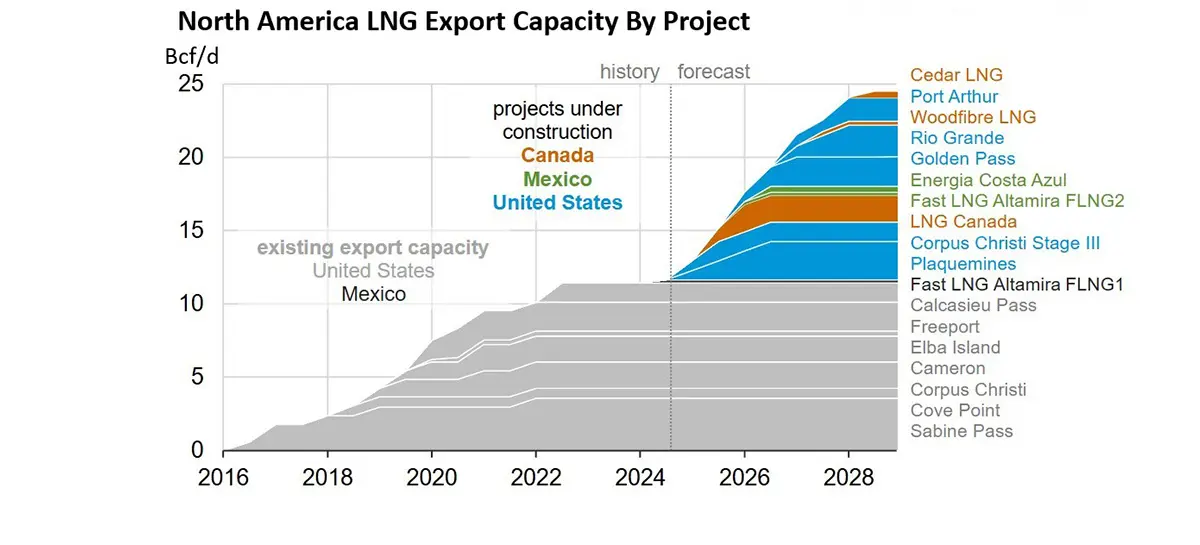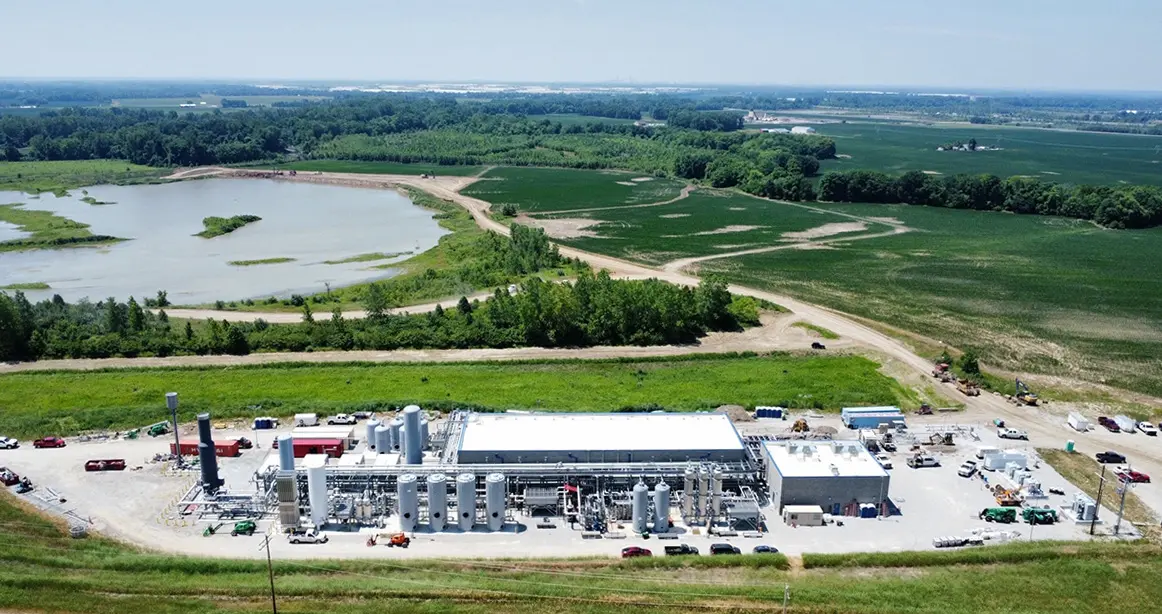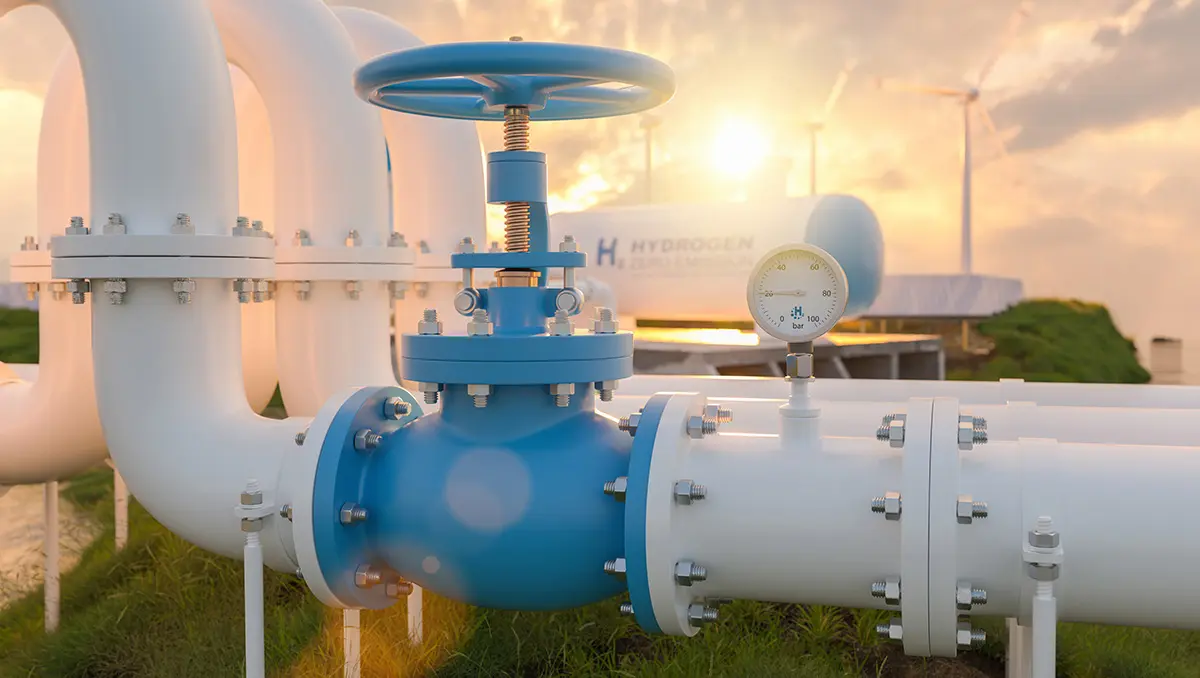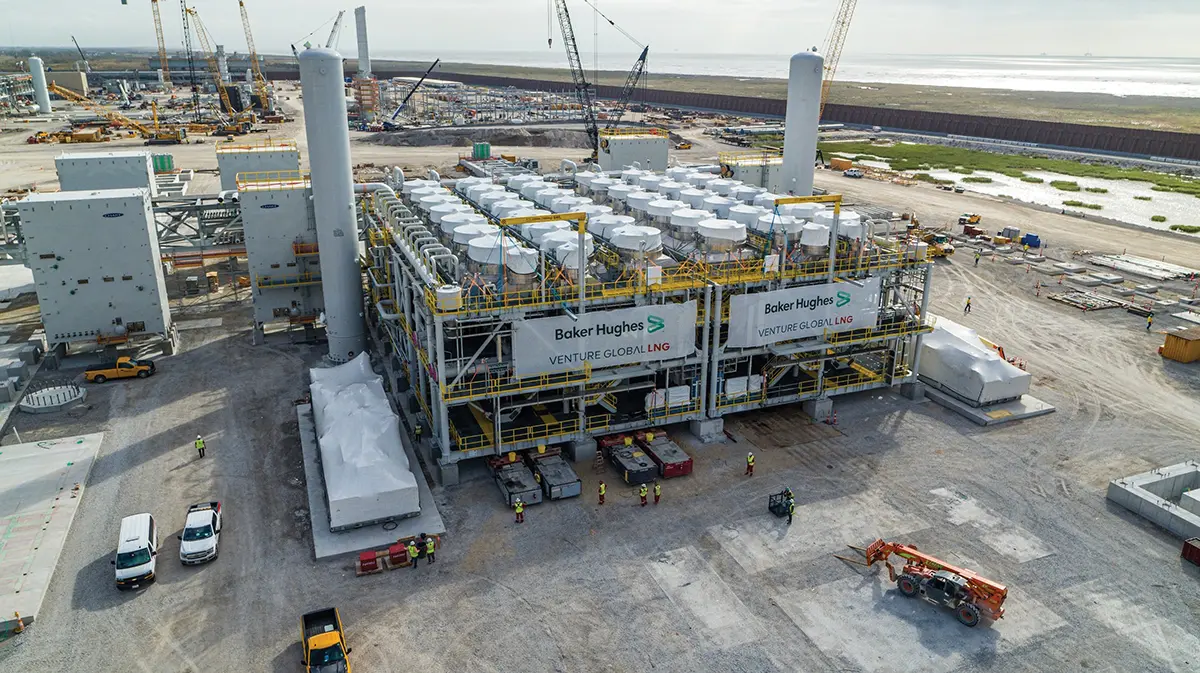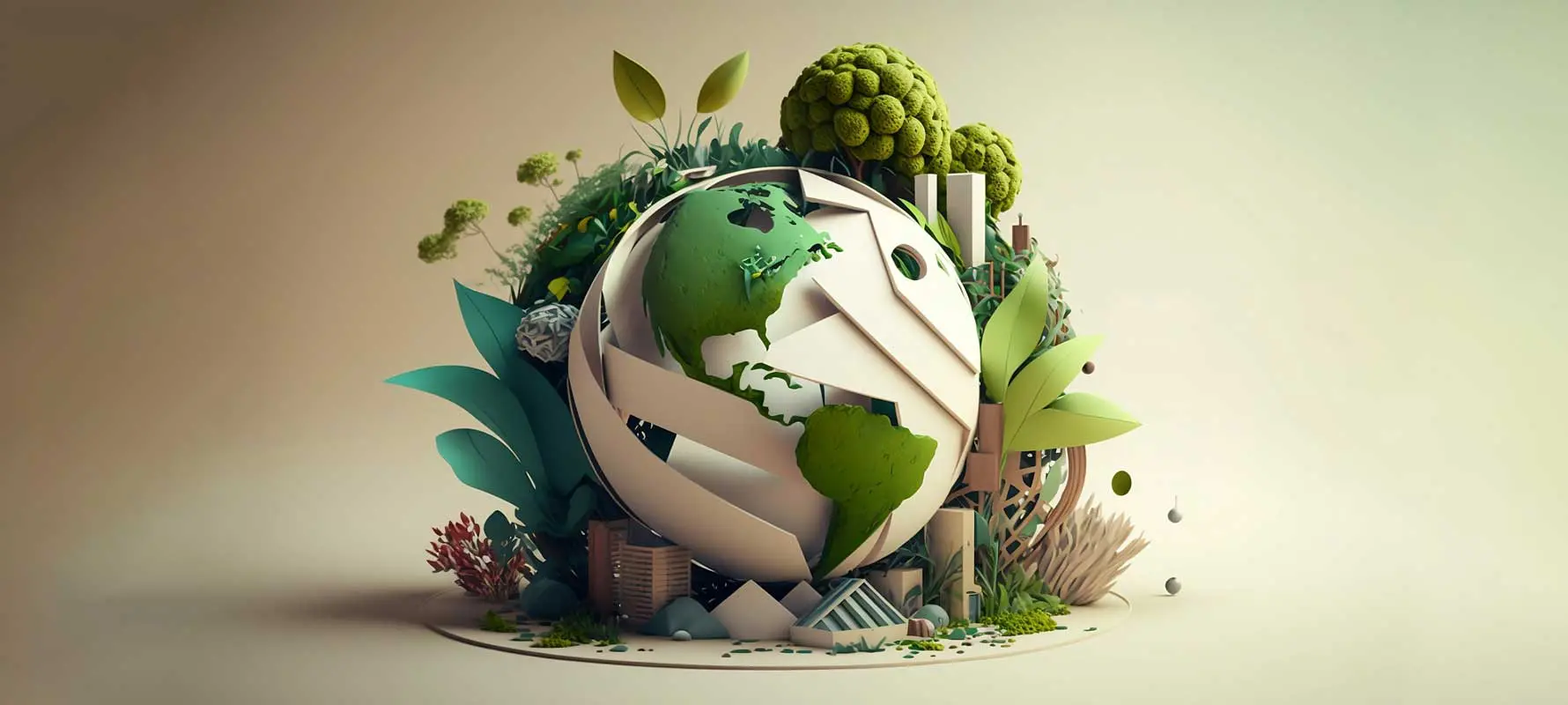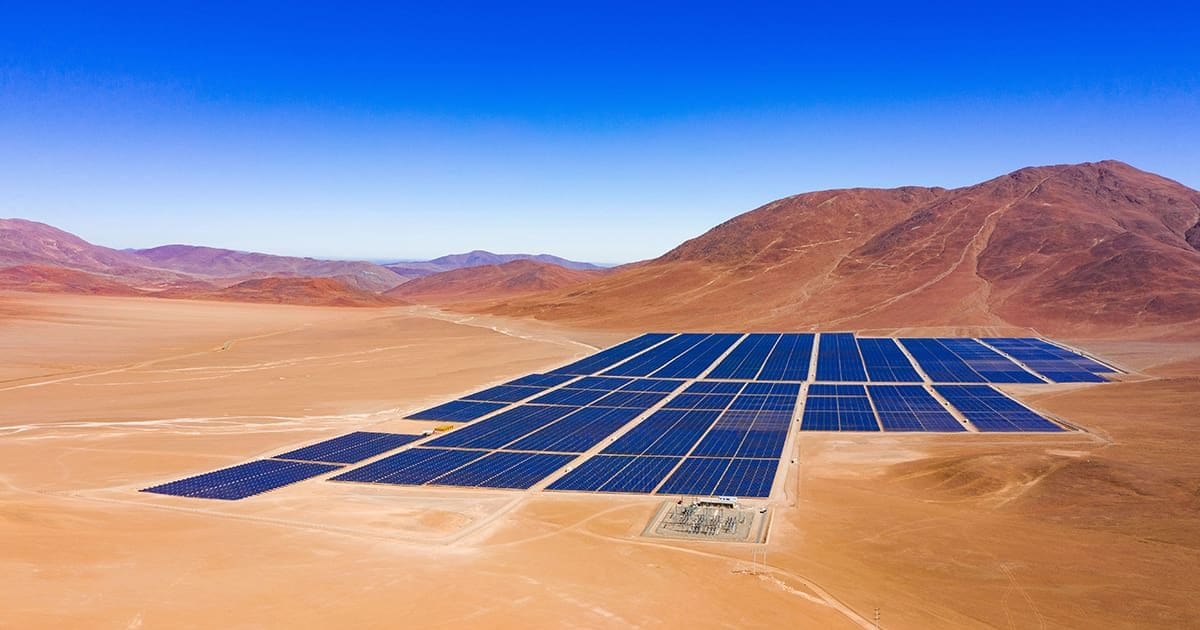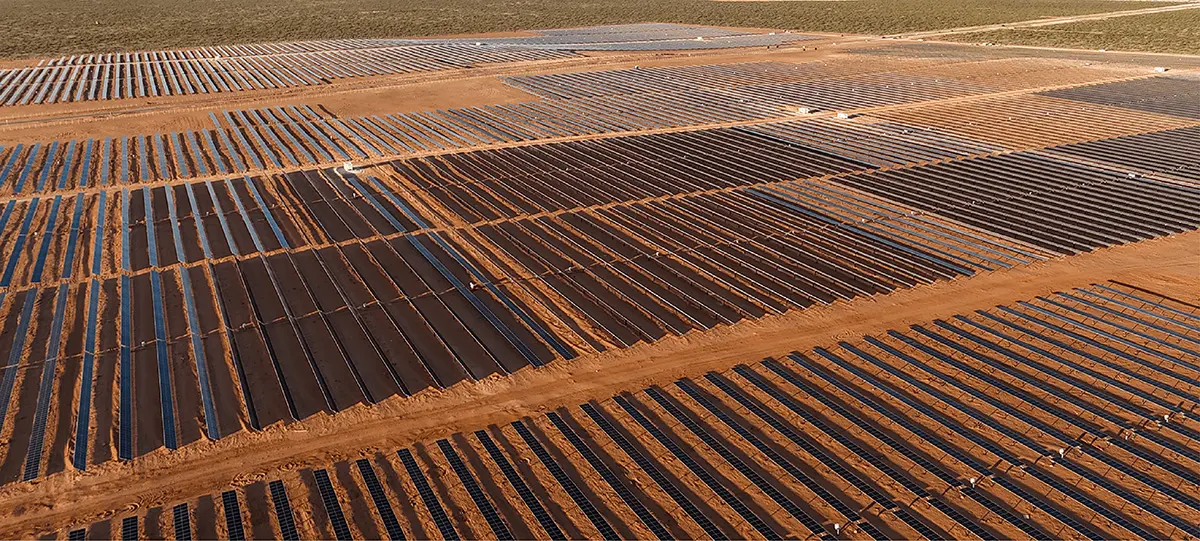
Australia Says Yes To More Subsea Compression
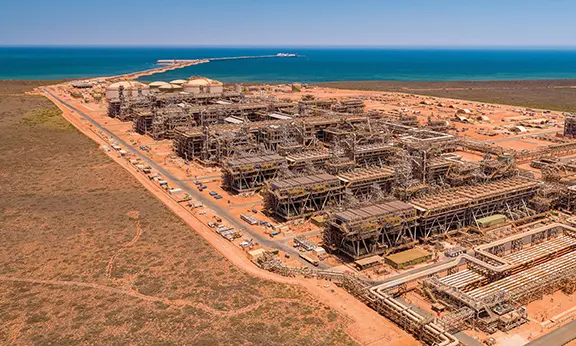
Chevron Australia has received approval from Australia’s offshore regulator to add more subsea compression for the Gorgon gas project off the northwest coast of Western Australia. Chevron Australia operates the Gorgon project, which comprises offshore production wells and pipeline infrastructure that gathers natural gas from the Jansz–Io and Gorgon gas fields and transports it to a facility on Barrow Island for processing.
In order to maintain gas output from the Gorgon project, Chevron Australia will install a subsea compression station comprising multiple electric MAN Turbo dry gas compressors, liquid pumps, scrubber, inlet cooler, discharge cooler, and umbilical termination assemblies. Chevron Australia intends to install the subsea a compression station, compression manifold station, and associated foundations alongside a normally unattended, floating field control station anchored to the seabed. In addition, it plans to install an umbilical to supply power from Barrow Island to the field control station, and power cables from the field control station to the subsea compression station; an umbilical to transmit power and communications between the field control station and the existing Jansz Central Distribution Unit; and pipeline crossings and rock stabilization as required.
The scope of activities covered by Chevron Australia includes installation; inspection, maintenance, and repairs; pre-commissioning; and field support. The installation is scheduled to be completed by mid-2026.
The Gorgon gas field is located around 80 miles (130 km) off the northwest coast of Western Australia and 40 miles (65 km) northwest of Barrow Island in water depths of approximately 655 (200 m). The initial field development was commissioned in 2015, covering wells and subsea infrastructure, including the feed gas pipeline. This led to the first liquefied natural gas (LNG) cargo departing Barrow Island in March 2016 while the domestic gas supply to the Western Australian market began in December 2016. Chevron describes the Gorgon project as one of the world’s largest natural gas projects and the largest single resource project in Australia’s history. This project exports to customers across the Asia Pacific and produces domestic gas for the Western Australian market.

The Gorgon field development was expanded by Gorgon stage 2 in 2023, which enriches the Gorgon and Jansz-Io gas fields with 11 additional wells and accompanying offshore production pipelines and subsea infrastructure to maintain future gas supply to the three existing LNG trains and the gas processing facilities on Barrow Island. To date, existing infrastructure includes offshore production wells within the Gorgon and Jansz–Io gas fields, and the feed gas pipelines. The feed gas pipelines gather and transport gas to the Gorgon Gas Treatment Plant on Barrow Island.
The Gorgon Project is operated by Chevron Australia and is a joint venture of the Australian subsidiaries of Chevron (47.3%), ExxonMobil (25%), Shell (25%), Osaka Gas (1.25%), MidOcean Energy (1%) and JERA (0.417%).

